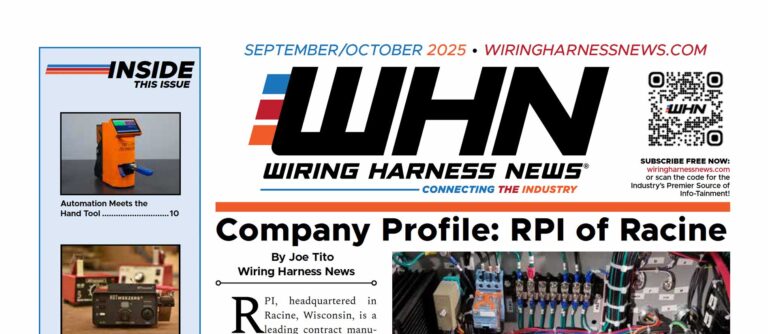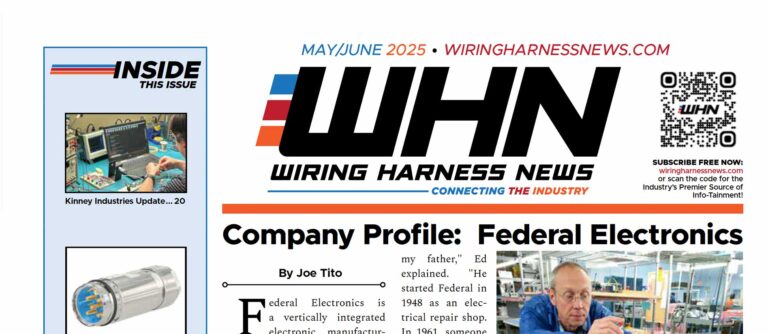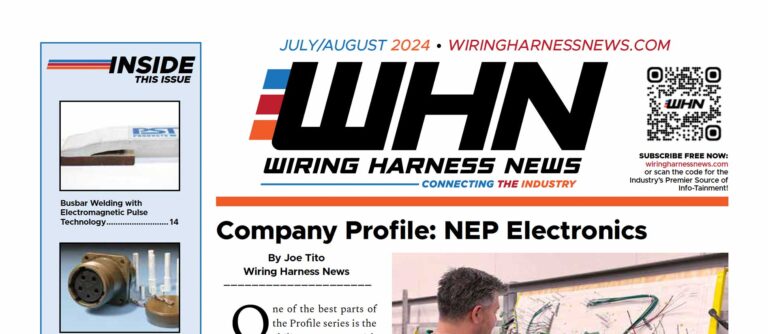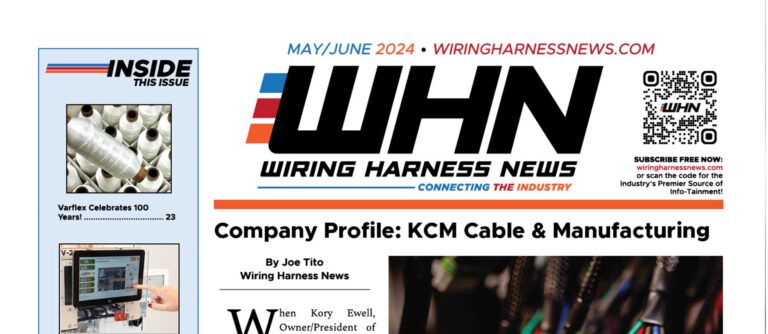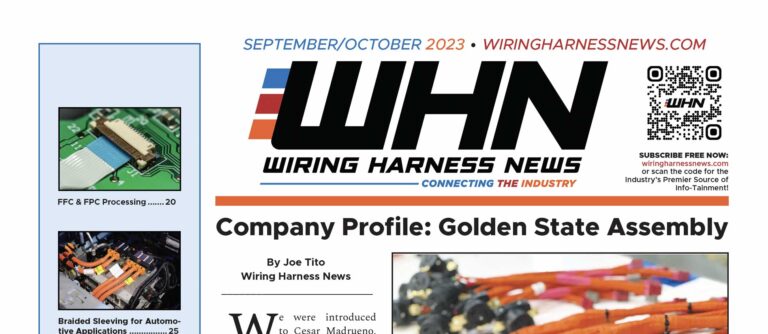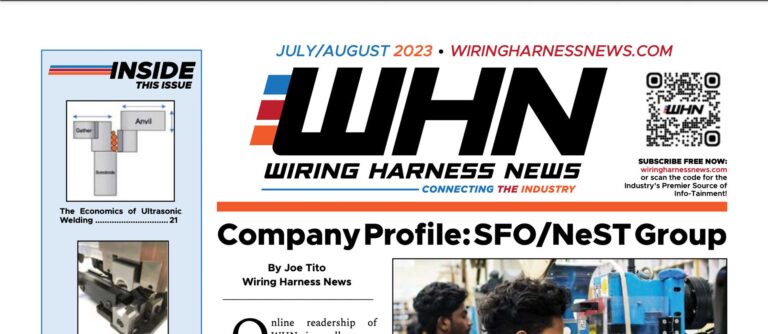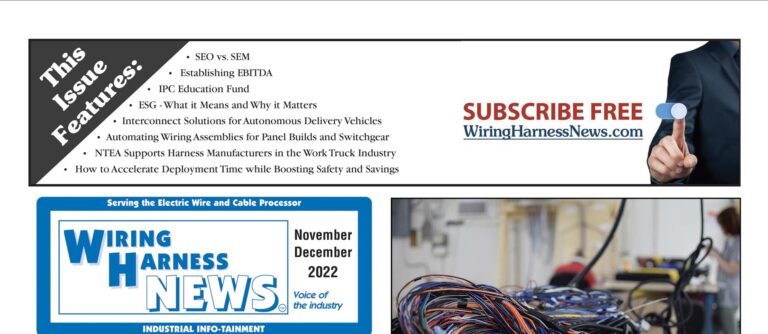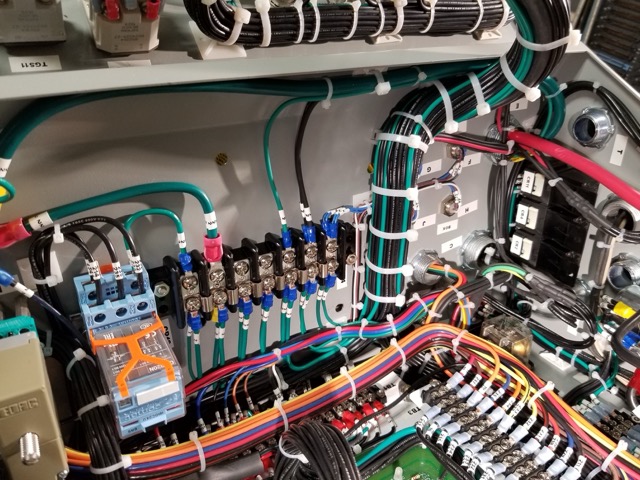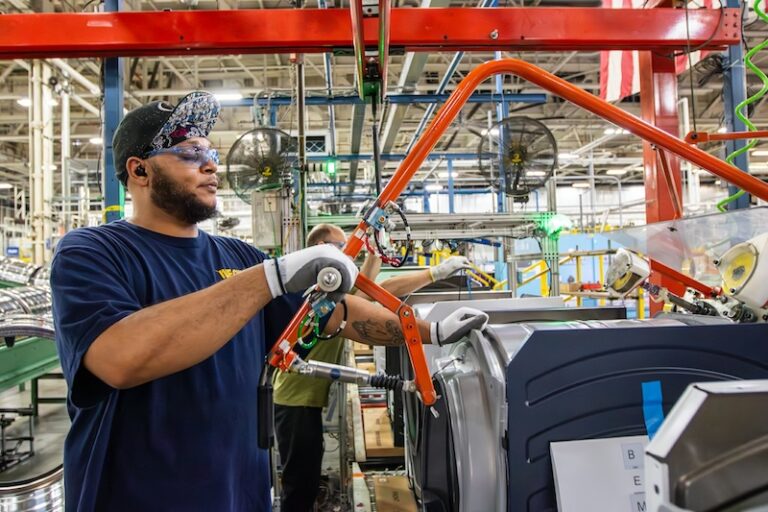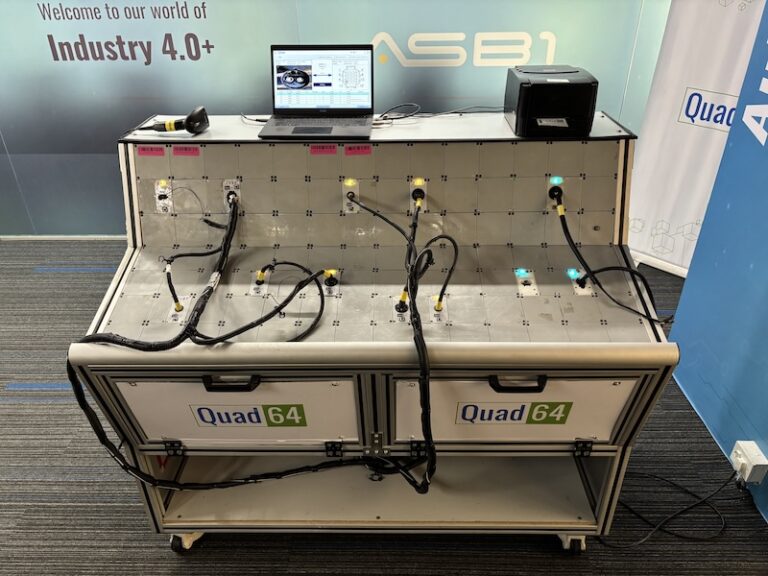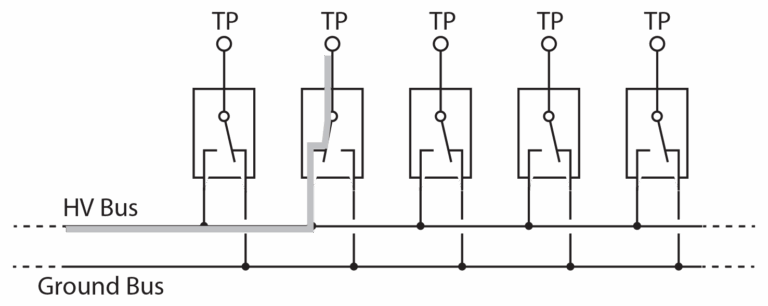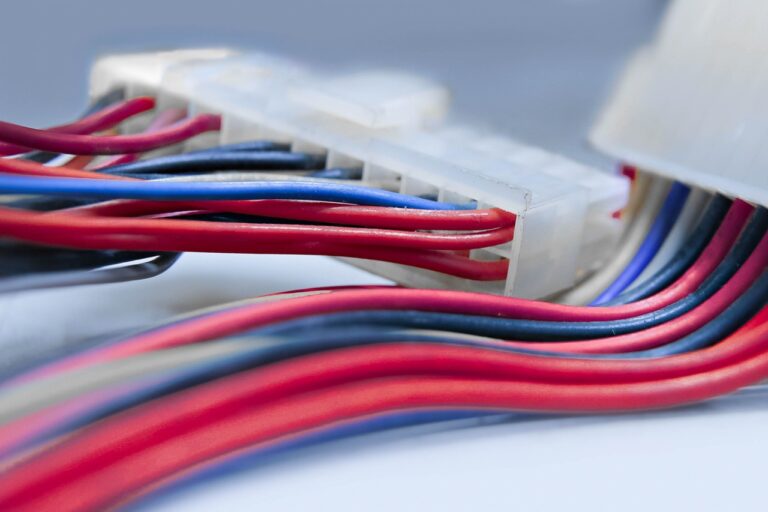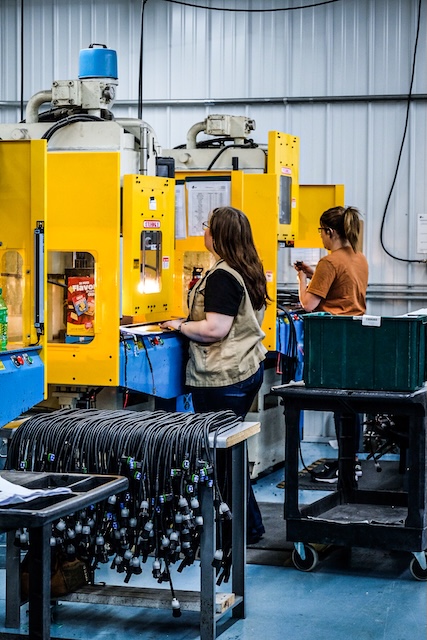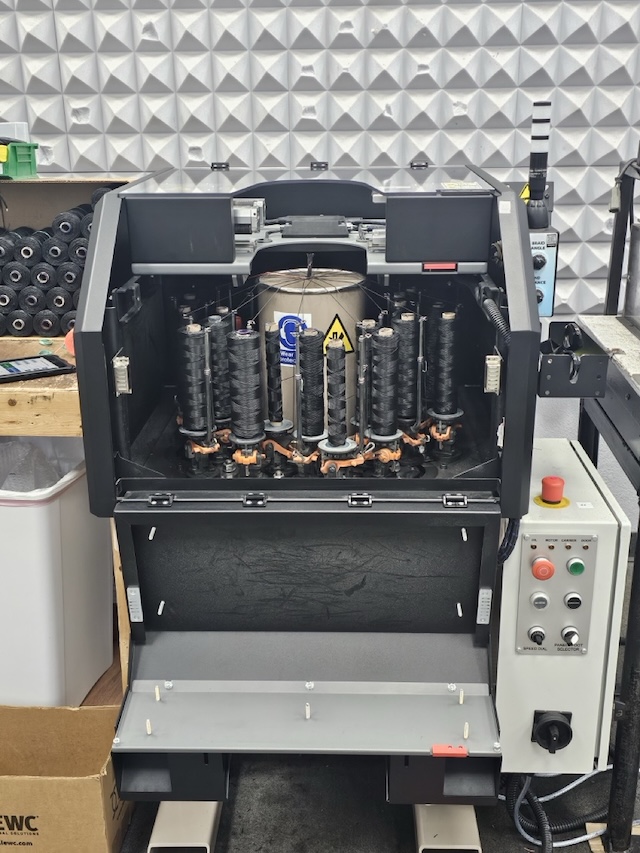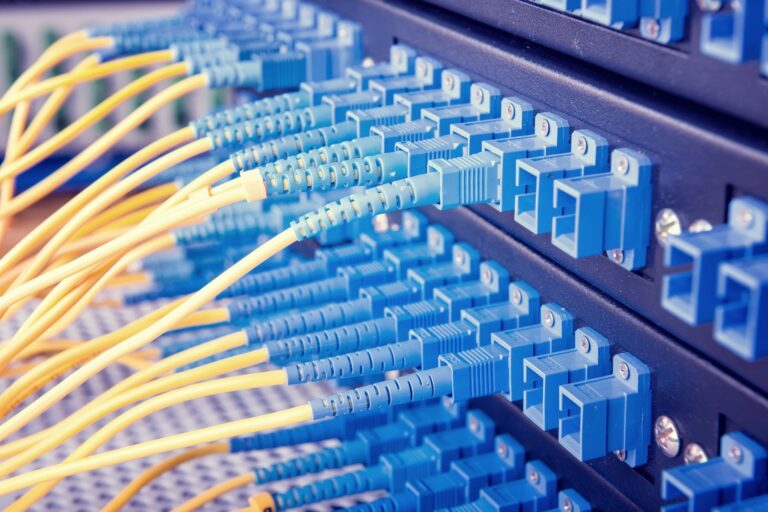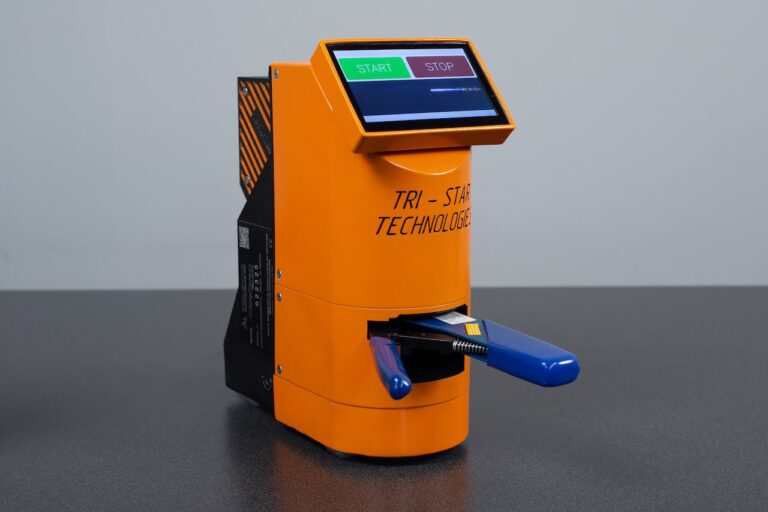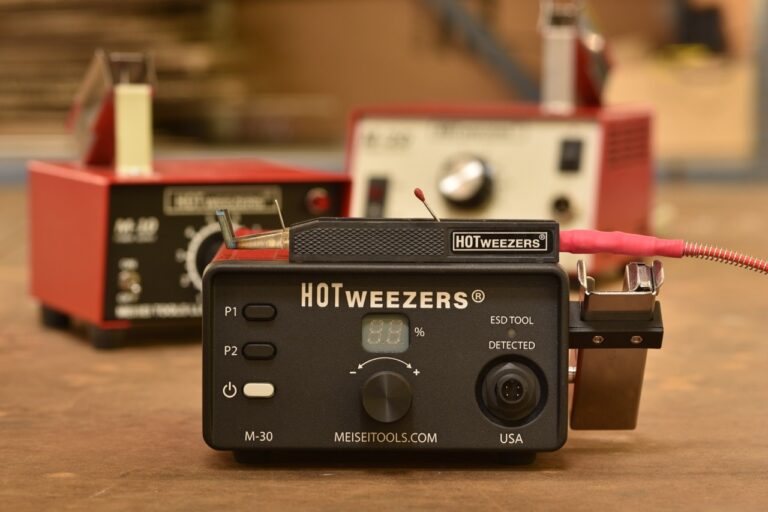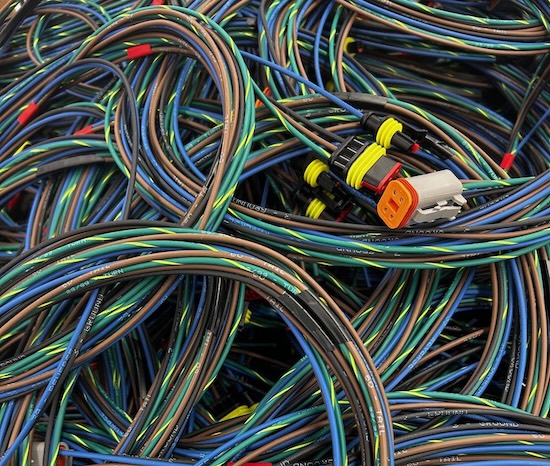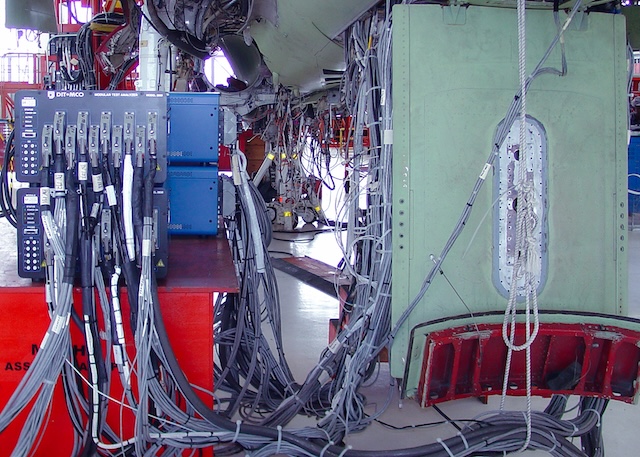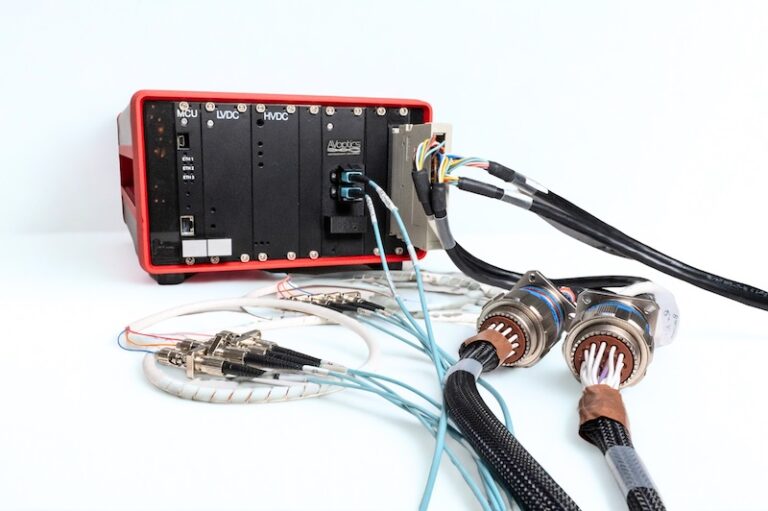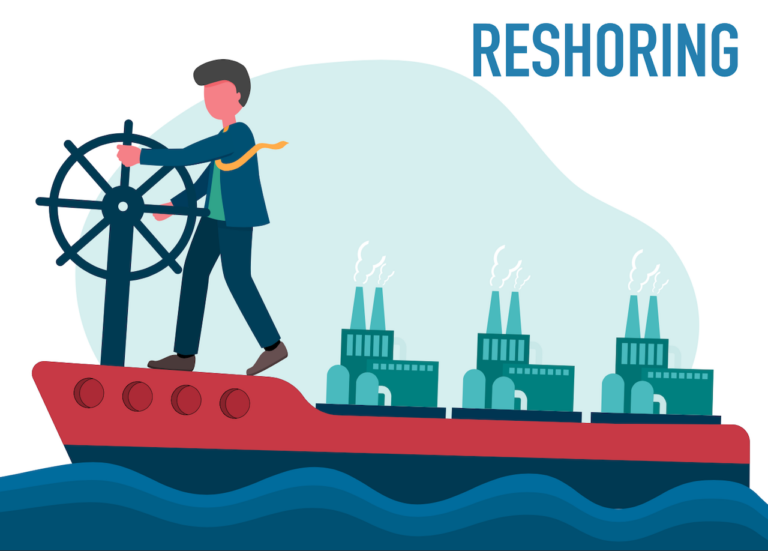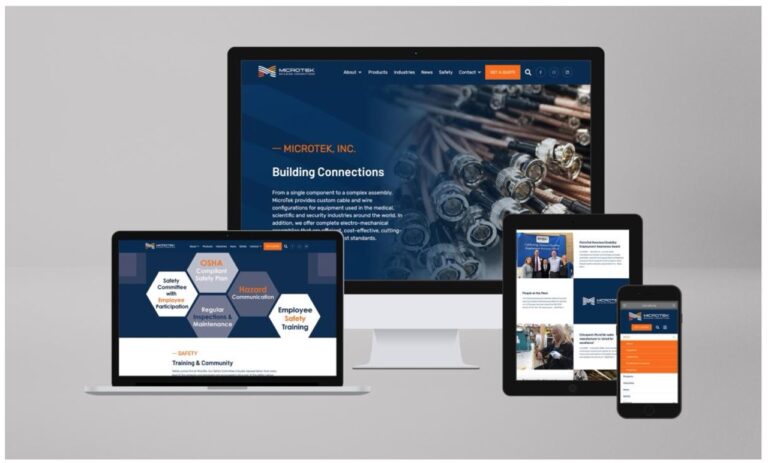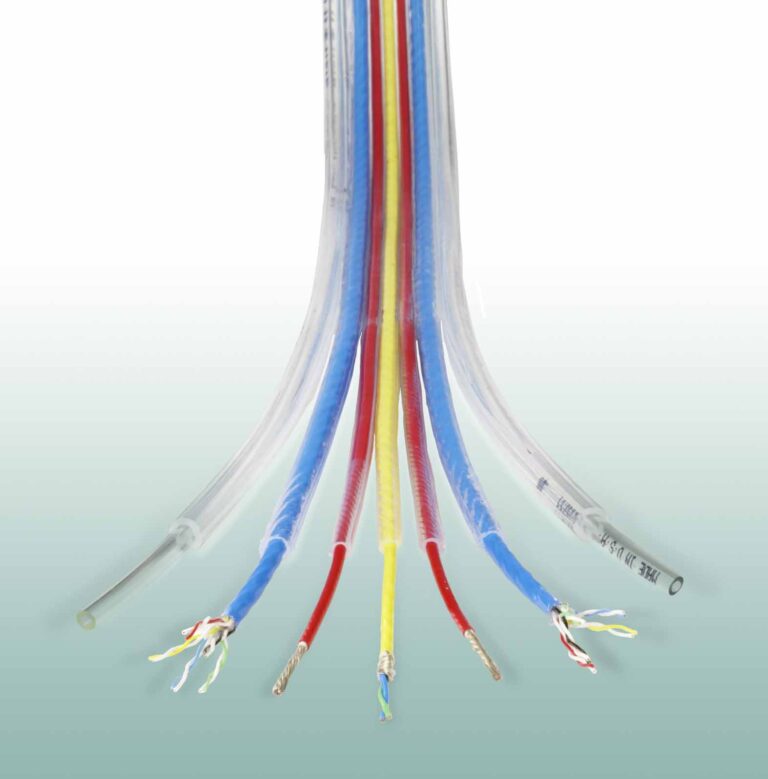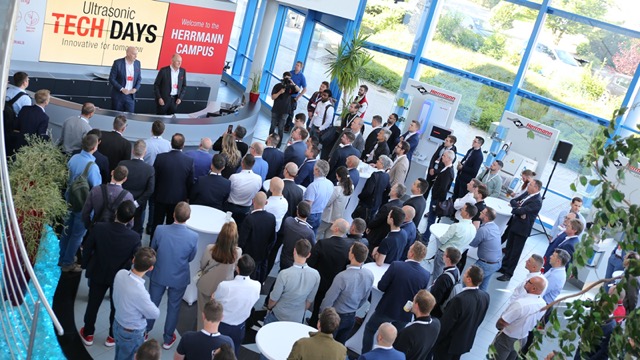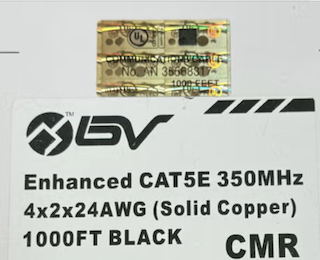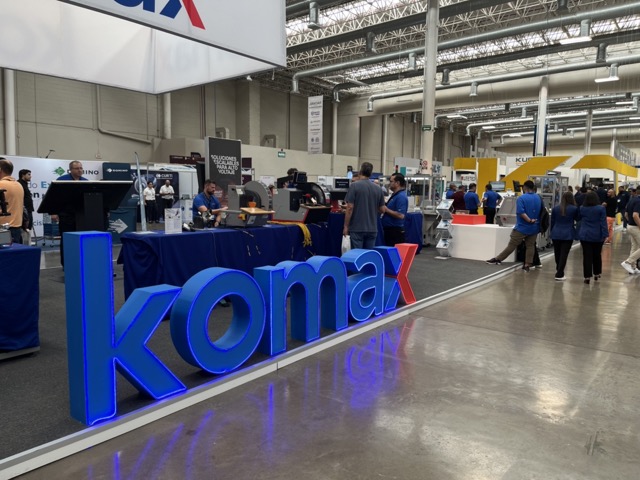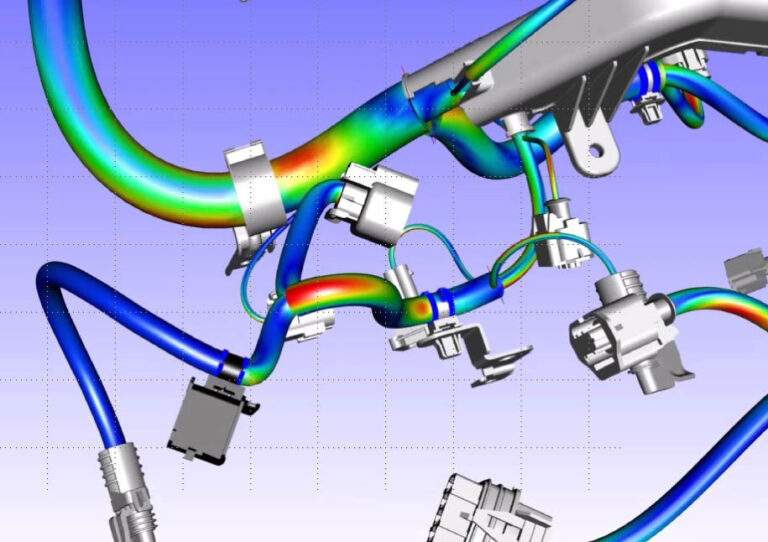The ongoing development of control systems and industrial automation has increased the demand for reliable instrumentation cables. These cables are multi-conductor cables made for a range of industrial applications that require accuracy and dependability. Instrumentation cables are engineered specifically to transmit low-energy electrical signals—typically for monitoring, control, or data acquisition—in environments where precision and signal integrity are critical. Unlike power cables that deliver high voltage or current, or even many communication cables that might carry higher-bandwidth data, instrumentation cables focus on carrying analog or digital signals (often in the range of millivolts to a few volts) with minimal interference. They’re commonly associated with power generation, telecommunication, oil & gas. They are also used in industrial applications for things like automation, and process control where they connect sensors, transmitters, and control systems.
Instrumentation cables are incredibly robust, pliable, and dependable cables used to transmit electrical signals between locations. The global instrumentation cables market may witness tremendous growth driven by increasing industrial automation and the growth of oil & gas and energy infrastructure. In this blog, we will explore various use cases of instrumentation cables.
1. Power Generation
In power generation, instrumentation cables are essential for monitoring and managing power plants. In process plants, instrument cables can be used to link several pieces of equipment, aiding in minimizing downtime and lowering the chance of equipment failure.
2. Telecommunication
Cables are necessary for the telecommunications sector to ensure smooth connectivity worldwide. Instrumentation cables in telecommunications are made to reduce interference and send signals consistently. In fact, these cables are essential in data centers to provide reliable signal transmission.
3. Oil & Gas Industry
Instrumentation cables are essential in the oil and gas sector because they carry low-voltage signals that are used for process monitoring and control. These cables offer the best flexibility and inherent safety in communication and instrumentation applications in and around process industries like the oil industry.
4. Manufacturing and Automation
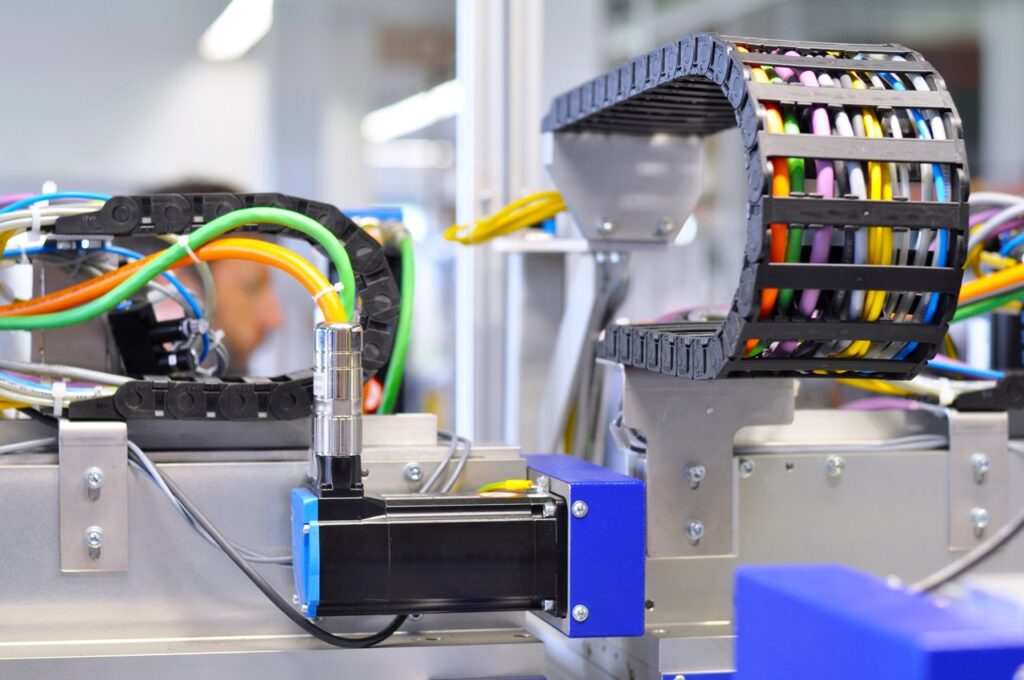
For automated systems, instrumentation cable is an essential component as it makes sure that data collection and process control are accurate and trustworthy. These cables are used by companies to connect sensors and measurement devices to process control units for precise signal transfer. Likewise, instrumentation cables are widely used in mining, petrochemicals, and water treatment facilities for reliable signal and power transmission.
Let’s now discuss the key trends shaping the future of the instrumentation cables market.
1. Expansion of Renewable Energy Projects
According to the International Energy Agency, in early 2025, renewable energy sources surpassed coal as the world’s largest source of electricity generation, with solar PV and wind accounting for 95% of the expansion. The capacity of renewable energy is rapidly growing worldwide. This is increasing the demand for instrumentation cables that transfer control signals and data for automation and grid integration. Instrumentation cables are essential components of solar and wind farms as these cables are designed to withstand harsh environmental conditions, including strong winds, rain, and extreme temperatures.
2. Rising Automation and Industry 4.o
As per a report by Research Nester, by 2037, the global market for industrial automation is expected to have grown from USD 234.08 billion in 2024 to USD 752.64 billion. The Fourth Industrial Revolution, often known as Industry 4.0, describes the contemporary era of connection, which is a major driver of the instrumentation cable market. High-quality instrumentation cables are necessary for effective data transmission and control and efficient running of automated systems. Moreover, as industries are increasingly adopting robotics and AI, the need for reliable signal infrastructure grows.
3. Development of Smart Cities
Instrumentation cables are essential to the development of smart city infrastructure as they require a reliable and efficient power grid to operate. Moreover, these cables support the intricate monitoring, control, and communication systems that are essential to smart infrastructure and energy-efficient solutions. Furthermore, since instrumentation cables can resist a variety of environmental conditions, the smooth operation of contemporary infrastructure projects now depends heavily on instrumentation cables as they can resist a variety of environmental conditions.
4. Expansion of Oil & Gas Industry
Based on a report published by the International Energy Agency, from 830 kb/d in 2024 to 103.9 mb/d this year, the growth in the world’s oil demand is expected to pick up speed. The oil and gas sector calls for strong, dependable, and high-performance cables that can survive a variety of harsh circumstances. This fuels a growing demand for instrumentation cables to meet the strong demand for signal and power transmission efficiency during complex and large-scale operations. Similarly, the development of digital technologies’ integration automation in the oil and gas sector has further driven the demand for instrumentation cables. Since the industry operates in the most diverse places on Earth, these cables are used to endure a variety of external conditions. Going forward, in this blog, let’s look at the market dynamics and explore the leading companies in the instrumentation cable market.
By 2037, the instrumentation cables market is expected to have grown from a size of approximately USD 8.02 billion in 2024 to USD 23.72 billion. Leading market players, including CommScope, Elsewedy Electric, Furukawa Electric, and Hellenic Group, offer a wide variety of power and instrumentation cables. These companies are well-known for their substantial R&D expenditures and for providing cutting-edge, environmentally friendly cable solutions. Leading companies in the instrumentation cable market are offering and creating new products by concentrating on strategic alliances and partnerships.
1. In April 2025, Oman Cables Industry (OCI) introduced the latest innovation, “Prysmian E Path.” This platform reaffirms OCI’s dedication to creating high-performance, low-impact cable solutions, including renewables cables, medium and low voltage power cables, instrumentation cables, pilot cables, overhead conductors, building wires, and network components.
2. In August 2023, TPC Wire & Cable a leading designer and provider of high-performance wire, cable, connectors, assemblies, and accessories used in harsh, high cost-of-failure environments announced the expansion of its comprehensive industrial wire & cable portfolio with two new additions: Thermo-Trex 2000 Shielded Multi-Conductor and Multi-Pair Cable and Thermo-Trex 2800 RTD Cable.
In a Nutshell
The rapid expansion of the oil & gas sector, IoT proliferation, industrial automation, and growth of renewable energy projects position the global instrumentation cable market for long-term growth. Instrumentation cables are essential in industries where dependable and effective communication is critical. In power transmission systems, instrumentation cables are essential to the smooth functioning of electrical networks, substations, and power grids. As industries continue to digitize and automate, instrumentation cables will become even more fundamental to the connected future.
Source: https://bit.ly/4in8eh2
About Research Nester
Research Nester is a leading provider of strategic market research and consulting services. We are committed to delivering unbiased and insightful market intelligence to support businesses, conglomerates, and executives in making informed decisions about marketing strategies, expansion, investments, and more. We believe every business can reach new heights with the right guidance at the right time. Our innovative, forward-thinking approach helps clients confidently navigate future uncertainties.
Source: https://www.researchnester.com/reports/instrumentation-cables-market/5680

